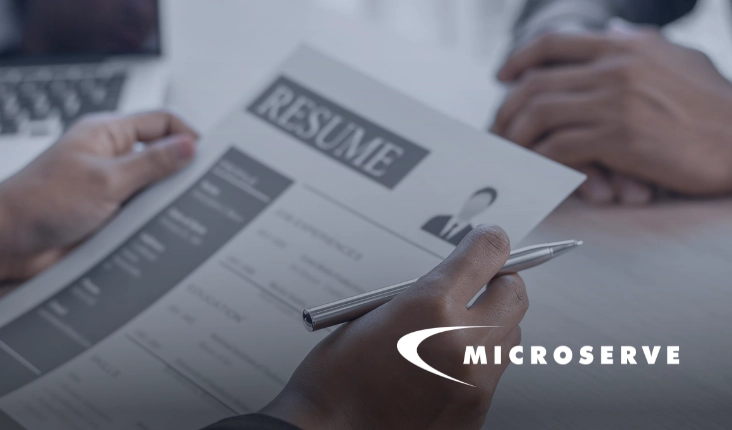Identifying the right candidate for a role can be a daunting task. Evaluating candidates is a skill that HR professionals and staffing agencies perfect over time with experience. Knowing what questions to ask, how to evaluate each candidate, and making an informed hiring decision takes time and effort. Luckily, artificial intelligence (AI) technology is making this process easier. AI and automation tools such as ChatGPT, Oracle, and Codility streamline the hiring process by handling tasks like resume screening, interview preparation, and question creation.
In this article, we’ll explore the various ways AI and automation can be incorporated into your recruitment tactics to hire the best candidate for your open position.
Resume screening
A job posting can get thousands of applications with resumes to sort through, making it difficult for HR personnel to identify the best candidates to interview. Using AI-powered tools to screen resumes helps to quickly identify candidates based on keywords and statistical parsers. Resume screening with AI can also be used to remove potential biases from the hiring process to make sure hiring practices are fair.
For instance, Oracle– an AI-based tool– not only evaluates candidates’ resumes but also conducts background checks and can even create tests to ensure their suitability for the role.
Question creation and tailoring
AI can be used to create interview questions that are tailored to a specific job description or role. When hiring for a technical role, you need to ask candidates the right questions that prompt them to describe their technical skills and experiences.
For example, you can ask ChatGPT to create a list of questions to interview for a technical role. ChatGPT can generate tailored interview questions such as ‘Can you discuss your experience with different operating systems?’ or ‘How do you determine the resource requirements for a new system?’.
Interview guide creation
Interview guides are a useful tool to help you hire the best candidate for your role. They are designed to address specific interview questions and applicant information. An interview guide clearly lays out information about how the candidate performed in the interview and is helpful to assess candidates in a single document. Creating an interview guide can be made easier with the help of AI or automation.
For example, ChatGPT can help create an interview guide that is specific to your organization’s needs and goals for the position. AI tools, like ChatGPT, simplify the creation of interview guides and tailor them to your organization’s needs and goals. By providing job description details, these tools can generate a standardized interview guide to ensure unbiased candidate evaluation.
Skill testing
Skill testing, especially for technical roles, can be time consuming. Coding challenges, simulated exercises, or customized tests can be created and sent to candidates to complete before or after scheduling a formal interview. With the help of automation software, skill testing can be sent remotely to candidates to streamline the hiring process and quickly weed out unqualified candidates. Automated grading can help identify which candidates are most qualified for the role.
For example, you could use Codility, a platform that helps assess candidates’ technical skills. It delivers coding challenges, automates code assessments, and assesses candidates’ skills and reactions in real-world scenarios.
Diversity and inclusion
Without proper training, interviewing can be influenced by unconscious biases and personal preferences, as it’s largely run by humans with varied lived experiences. Unconscious biases may hinder the recruitment process and limit your chances to find and hire top talent. This could include hiring friends over talent, hiring based on racial or gender biases, and more. By introducing AI and automation into your hiring processes, you can eliminate unidentified biases and create fair hiring practices.
Even job descriptions can hold unconscious biases. Some language and wording can exclude certain individuals and groups of people, limiting your applications. AI tools like Textio, for example, can analyze job descriptions to help you identify and remove biased language to diversify your application pool.
Getting help finding the right candidate
Automation and AI can help businesses hire the best candidates for their open positions. However, even with the help of AI-based tooling, it can still be a challenging task. Hiring for bigger roles, like C-level positions or specialist roles, takes time and strategy. In some instances, your talent pipeline may need to plan far into the future to secure the right person for the role.
If you need help to find the right candidate, consider working with a staffing agency to improve your talent pipeline, attract top talent, and perfect your recruitment strategy. An IT staffing agency like Microserve has years of experience in talent recruitment and access to a database of qualified candidates. As a staffing agency, Microserve takes time to understand your business needs and interview each candidate so you can ensure that you’re finding the best fit for the role. Microserve also offers a 30-day replacement guarantee that builds confidence in your hiring decisions. Get in touch with the recruitment team at Microserve to find and attract top talent to your organization.




